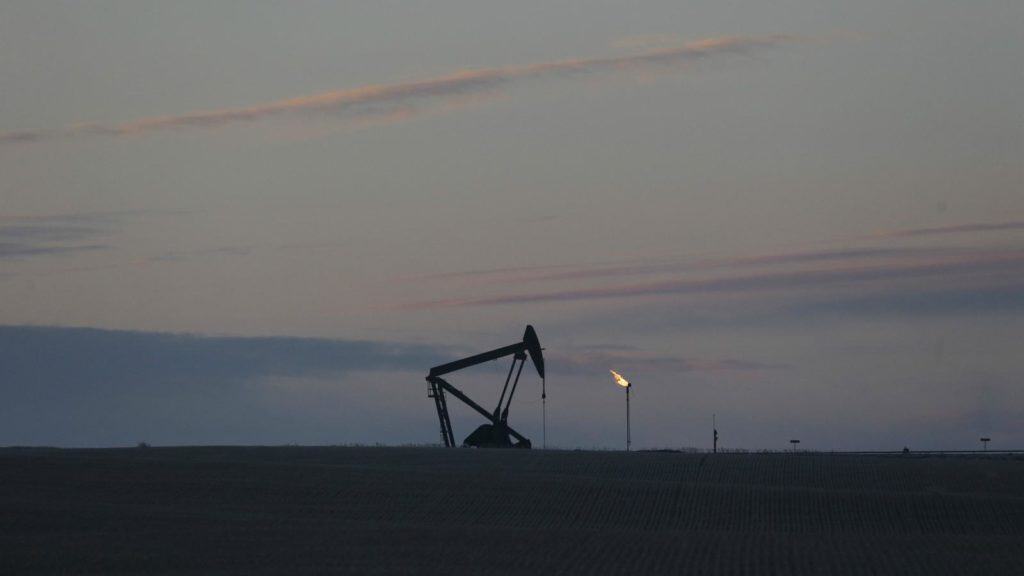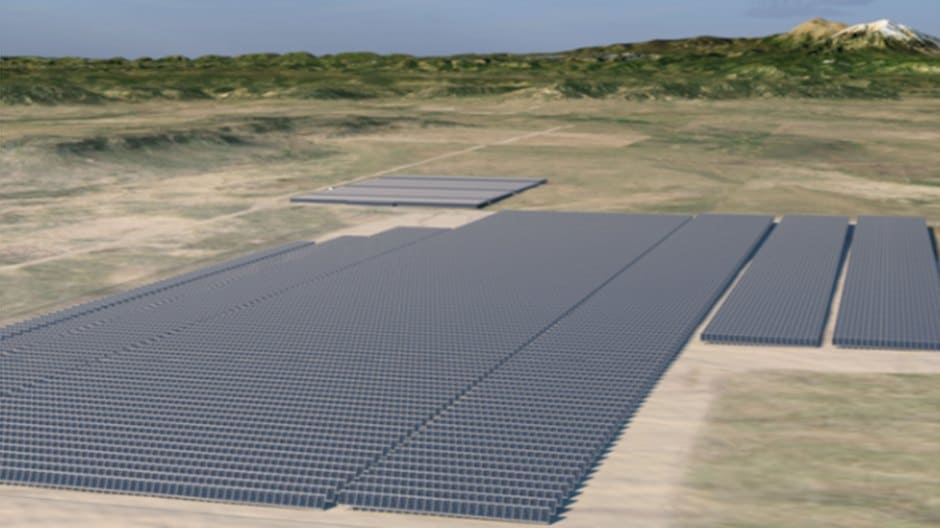
The Schletter Group has emerged from its US unit’s bankruptcy earlier this year to begin delivering a new, more stable solar tracker to the North America, Asia, and Australia markets, with one recent sale in Zimbabwe. The company also is installing bifacial solar panels for the first time on its new tracker in Germany, says Christian Salzeder, the new chief sales officer for Schletter in Kirchdorf, Germany.
The new Schletter tracking system stability is provided in part by a patent pending locking mechanism, that better resists the so-called “galloping effect” that wind can produce on long arrays. As a result of the locking mechanism on each post, the tracker is as stable as a fixed-mount solar installation, the company says.
Most other tracking systems use hydraulic dampers or similar supporting structures to mitigate galloping, caused by a combination of the vibrations and torsional forces on the central torque tube caused by the wind. “The self-locking mechanism avoids dynamic effects much better than any other tracker in the market,” Salzeder says.
While at rest, it has the properties and durability of a fixed mounting system and is designed to withstand wind speeds of up to 161 mph, Schletter says. According to the Saffir–Simpson hurricane wind scale, for a wind to be classified as a Category 1 hurricane, it must have one-minute maximum sustained winds of at least 74 mph. The highest classification in the scale, Category 5, consists of storms with sustained winds over 156 mph.
The new tracker design also features more solar panels per motor than any other competing system, which increases the ground cover ratio, the company says. This feature is achieved through its large wingspan and ground cover ratio. Each row can be up to 393-ft long and is driven by one centrally-located motor. At 13 ft in width, each row is wide enough to hold either two panels oriented vertically or four horizontally, so that up to 574 square yards of solar array can be installed per row and motor. The capability allows developers to make optimal use of the available land, with a ground cover ratio of more than 50%, the company says.
The new tracker also will be sold in the United States since the company’s Shelby, NC unit was reorganized. “North America is a key market for our international group of companies,” said Florian Roos, the Group CEO, in a December statement. “We will go on building a strong presence here and market the entire range of our innovative and durable mounting solutions. This is especially true for our new and innovative tracker system which is as stable as a fixed tilt and was developed specifically with the North American market in mind.”
The US unit of Schletter was rescued by Golden Square Capital Partners, of Frankfurt, backed by Avenue Capital Group, a $9.4 billion US hedge fund. “The new shareholders have also provided a double-digit million dollar sum of additional cash capital for investments in product development and the further development of the markets in Asia and North America,” Schletter says.
Since the bankruptcy settlement, Schletter has won a number of projects in international markets, “including the respective largest solar parks in Vietnam (200 megawatts) and the Philippines (150 MW), a 60 MW project in China and the third largest rooftop project in Germany (6.2 MW),” the company says.
Schletter claims to be one of the victims of Trump’s solar import tax move. At the time of the US unit’s bankruptcy filing in April, the company said, “The current financial situation in the United States is primarily the result of launching a new product before it was ready for high volume production, combined with the effect of the solar tariffs.”
The bankruptcy statement continued, “The U.S. subsidiary, Schletter Inc, under its previous management overextended itself by acquiring a number of large scale projects involving a new product (the G-Max fixed tilt product), which it had solely developed in and for the U.S. The cost of carrying through these projects was significantly higher than planned due to the premature launch of the new product. It is this considerable financial burden which ultimately made this step necessary.”
Apart from its US and German manufacturing locations, Schletter operates Schletter Canada Inc., based in Windsor, Ontario, and a unit in China.





